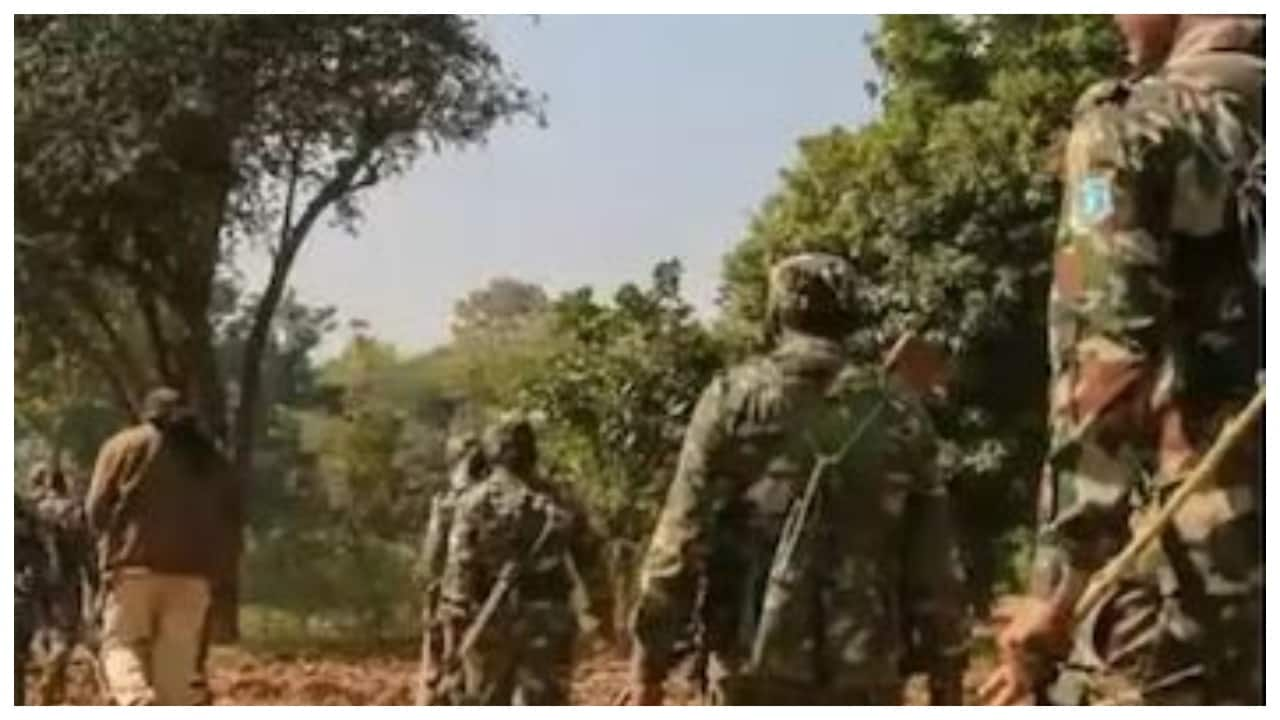 |
|
The recent encounter in Chhattisgarh's Gariaband district resulted in the death of Jayaram Reddy, also known as Chalapati or Appa Rao, a prominent Maoist leader. This operation, a joint effort between the CRPF, Odisha's Special Operations Group (SoG), and Chhattisgarh Police, eliminated 14 Maoists in total. The event has been celebrated by Union Home Minister Amit Shah as a significant blow to Naxalism, marking a considerable step towards a Naxal-free India. Chalapati, carrying a hefty Rs 1 crore bounty, was a central figure in Maoist activities within Chhattisgarh's Bastar region. His strategic importance within the organization is underscored by his position as a Central Committee Member (CCM), the highest decision-making body within the Maoist structure. His relocation to the Odisha border region highlights the increasing pressure on Maoist strongholds and their adaptive strategies to evade security forces.
Chalapati's background, while seemingly unassuming – a Class 10 education from Chittoor, Andhra Pradesh – belies his significant influence within the Maoist movement. His decades-long involvement shaped him into a skilled strategist and operational leader, commanding a personal guard of 8 to 10 fighters. This indicates the level of trust and authority vested in him by the organization. The arsenal at his disposal, including AK-47s and SLR rifles, further illustrates his position of power and the resources available to him within the Maoist network. His death represents a significant loss to the organization's leadership structure and strategic capabilities. The fact that he commanded a personal guard of 8-10 heavily armed fighters speaks volumes about his seniority within the Maoist hierarchy and his importance in maintaining organizational control.
The success of this operation is particularly noteworthy in the context of the broader counter-insurgency efforts in Chhattisgarh. In 2024 alone, security forces reported the deaths of over 200 Maoists in the state, including 217 from the Bastar region. The year also saw the arrest of over 800 Maoists and the surrender of approximately 802 others. While these figures represent significant successes in weakening the Maoist insurgency, the ongoing conflict continues to exact a heavy toll. The year also saw the tragic loss of 18 security personnel and 65 civilians. This underscores the complexities and challenges of the conflict, emphasizing the need for sustained and coordinated efforts by security forces, coupled with addressing the underlying socio-economic factors that contribute to the Maoist insurgency. The continued engagement with local communities and a focus on development initiatives remain crucial components of any lasting solution.
The killing of Chalapati represents a strategic blow, but it is crucial to avoid celebrating a premature victory. While the success is undeniable, and the neutralization of a high-profile leader like Chalapati is a significant development, it is unlikely to be a decisive turning point. Maoist organizations are adept at adapting to setbacks and reorganizing. The void left by Chalapati's death will likely be filled, and the insurgency, while weakened, is unlikely to disappear overnight. The long-term success of the counter-insurgency campaign will depend on a comprehensive strategy that integrates effective military operations with socio-economic development and community engagement, targeting the root causes of the conflict. The government's commitment to a Naxal-free India needs to be coupled with sustainable solutions that address the grievances and marginalization experienced by many in the affected regions.
Source: Who was Chalapati? Maoist leader with Rs 1 cr bounty killed in encounter in Chattisgarh’s Gariaband
